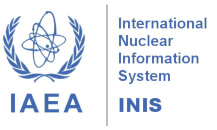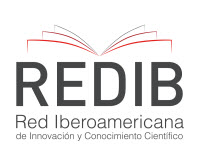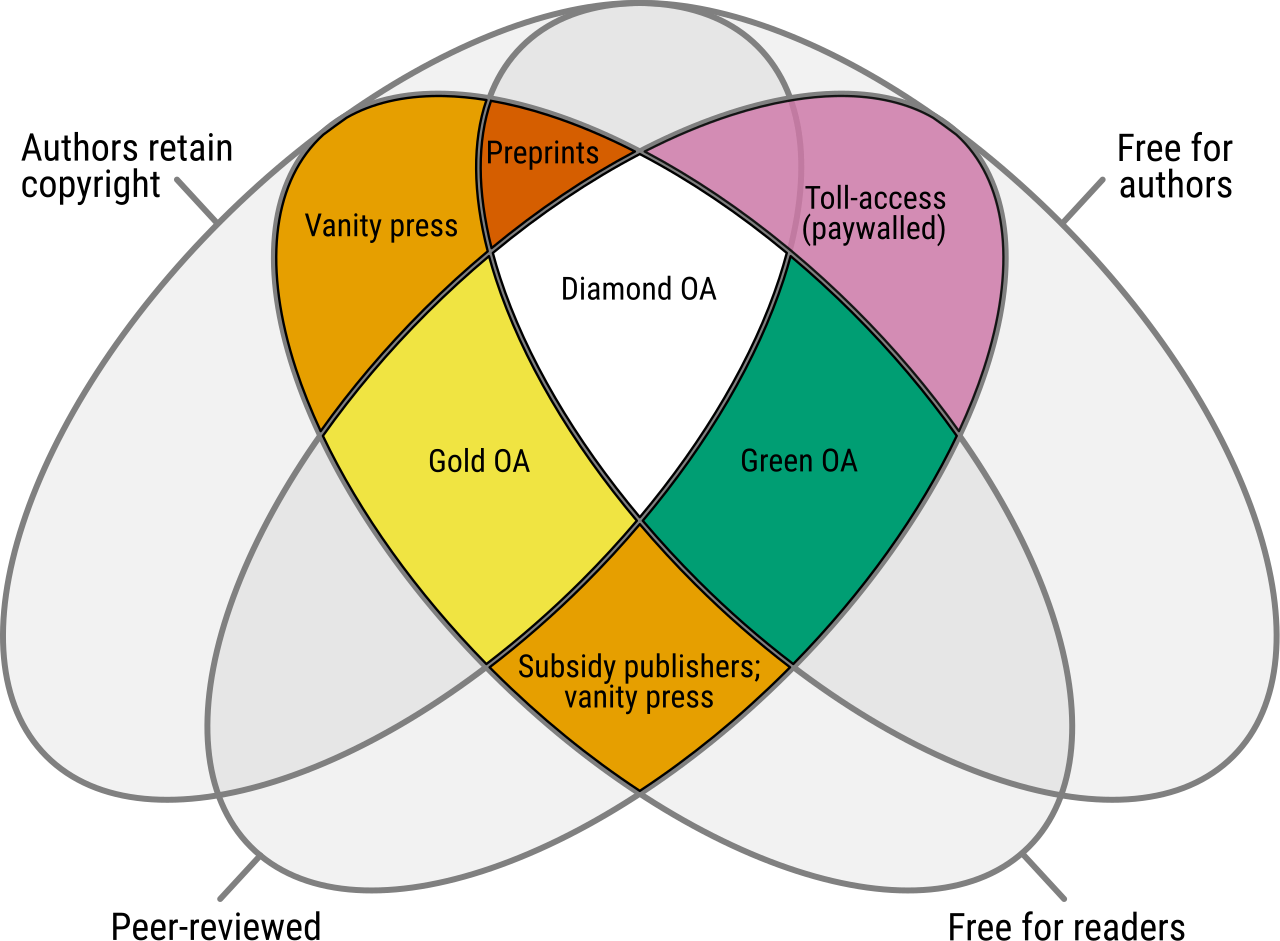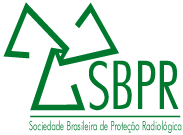A Radiological Evaluation of Using NORM Residue in Building Materials
DOI:
https://doi.org/10.15392/2319-0612.2025.2880Palabras clave:
Re-use of NORM residue, Building Materials, Sustainability, Circular economyResumen
The sulphate route for titanium dioxide production in Brazil yields 30,000 tons of annual residue, currently disposed of in industrial landfills. This long-term storage incurs significant maintenance and safety costs, alongside environmental impacts. This residue is enriched in the natural radionuclides of the uranium and thorium series and is classified as a NORM (Naturally Occurring Radioactive Material) residue. To minimize the environmental impact of such waste disposal, it is necessary to offer alternatives for its safe reuse, in line with the principles of sustainability. This paper evaluates the radiological exposure associated with incorporating this residue into interlocking and cement blocks. An experimental house was constructed with cement block walls and interlocking block flooring, and internal gamma exposure and radon concentration were measured. Results indicate that incorporating up to 23% of the residue does not elevate indoor radon concentration above the international limit of 200 Bq.m-3 and keeps external gamma exposure below 1 mSv.
Descargas
Referencias
[1] UNSCEAR – United Nations Scientific Committee on the Effects of Atomic Radiation. Sources and Effects of Ionizing Radiation. New York, v. 1, Annex B: Exposures from natural radiation source, 2000. Disponível em: https://www.unscear.org/docs/publications/2000/UNSCEAR_2000_Annex-B.pdf
[2] EC – European Commission. Radiation Protection 112. Radiological Protection Principles concerning the Natural Radioactivity of Building Materials. 1999.
[3] EC, Council directive 2013/59/EURATOM of 5 December 2013 laying down basic safety standards for protection against the dangers arising from exposure to ionizing radiation Off. J. Eur. Union, L 13/1, 2013.
[4] MAZZILLI, B. P.; CAMPOS, M. P.; OXOSSI, M. M.; CAJAZEIRA, L. Revalorisation of Residues in the Scope of the Circular Economy. Case study from the Titanium Dioxide Industry. In: 10th International Symposium on Naturally Occurring Radioactive Material – NORM X, Utrecht, Netherlands, May 2022. Disponível em: https://nucleus.iaea.org/sites/orpnet/resources/SitePages/NORMX.aspx.
[5] IAEA – International Atomic Energy Agency. Management of NORM Residues (IAEA-TECDOC-1712). Vienna: IAEA, 2013.
[6] ALBUQUERQUE, D. D. M.; ANDRADE NETO, J. S.; AMORIM JÚNIOR, N. S.; SANTOS, V. S.; RIBEIRO, D. V. Evaluation of the Influence of the Waste Originated by the Production of Titanium Dioxide (URM) on the Physical-Mechanical Properties of Coating Mortars. Key Engineering Materials, v. 765, p. 319-323, 2018. Disponível em: https://doi.org/10.4028/www.scientific.net/KEM.765.319. DOI: https://doi.org/10.4028/www.scientific.net/KEM.765.319
[7] LLANES, M. C.; GONZÁLEZ, M. J. G.; MORENO, S. M. P.; RAYA, J. P. B. Recovery of ilmenite mud as an additive in commercial Portland cements. Environmental Science and Pollution Research, v. 25, p. 24695-24703, 2018. Disponível em: https://doi.org/10.1007/s11356-018-2498-9. DOI: https://doi.org/10.1007/s11356-018-2498-9
[8] RIBEIRO, D. V.; AMORIM JÚNIOR, N. S.; ANDRADE NETO, J. S.; ALBUQUERQUE, D. D. M.; MAZZILLI, B. P. Performance and radiological implications of using residue from TiO₂ production as a component of coating mortars. Construction and Building Materials, v. 306, p. 124885, 2021. Disponível em: https://doi.org/10.1016/j.conbuildmat.2021.124885. DOI: https://doi.org/10.1016/j.conbuildmat.2021.124885
[9] CNEN – Comissão Nacional de Energia Nuclear. CNEN NN 3.01: Requisitos de Segurança e Proteção Radiológica para Instalações Minero-Industriais. 2016. Disponível em: https://www.gov.br/cnen/pt-br/acesso-rapido/normas/grupo-4#1
Descargas
Publicado
Número
Sección
Licencia
Derechos de autor 2025 Barbara Paci Mazzilli, Fernanda Yuri Muta, Lara Vitória Santos Couto, Antonio Luis Silva Costa, Vilmar Pedreira Oliveira, André Luiz Batista Cabral

Esta obra está bajo una licencia internacional Creative Commons Atribución 4.0.
Licencia: los artículos de BJRS tienen una licencia internacional Creative Commons Attribution 4.0, que permite el uso, el intercambio, la adaptación, la distribución y la reproducción en cualquier medio o formato, siempre que se otorgue el crédito correspondiente al autor o autores originales y a la fuente, proporcione un enlace a la licencia Creative Commons e indique si se realizaron cambios. Las imágenes u otros materiales de terceros en el artículo están incluidos en la licencia Creative Commons del artículo, a menos que se indique lo contrario en una línea de crédito al material. Si el material no está incluido en la licencia Creative Commons del artículo y su uso previsto no está permitido por la regulación legal o excede el uso permitido, el autor deberá obtener el permiso directamente del titular de los derechos de autor. Para ver una copia de esta licencia, visite http://creativecommons.org/licenses/by/4.0/






















